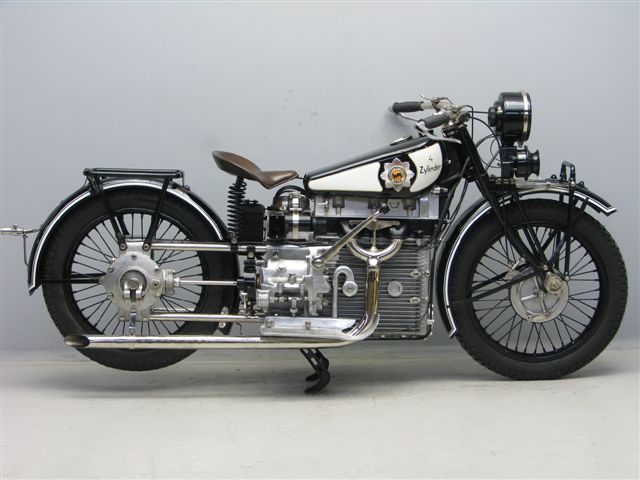Windhoff Motorcycle on:
[Wikipedia]
[Google]
[Amazon]
 Windhoff motorcycles were built by Windhoff Motorradenbau GmbH in
Windhoff motorcycles were built by Windhoff Motorradenbau GmbH in

Auction description of 1928 Windhoff 4-cylinder
* German Windhoff motorcycle Wiki page
Article about Windhoff plus video
Defunct motorcycle manufacturers of Germany Manufacturing companies based in Berlin Vehicle manufacturing companies established in 1924 Vehicle manufacturing companies disestablished in 1933 1924 establishments in Germany 1933 disestablishments in Germany Companies of Prussia
 Windhoff motorcycles were built by Windhoff Motorradenbau GmbH in
Windhoff motorcycles were built by Windhoff Motorradenbau GmbH in Berlin
Berlin ( , ) is the capital and largest city of Germany by both area and population. Its 3.7 million inhabitants make it the European Union's most populous city, according to population within city limits. One of Germany's sixteen constitue ...
, Germany
Germany,, officially the Federal Republic of Germany, is a country in Central Europe. It is the second most populous country in Europe after Russia, and the most populous member state of the European Union. Germany is situated betwe ...
from 1924-1933.
Production
Start of production
The factory was located at Bülowstrasse 106, Berlin W57, under the direction of factory owner Hans Windhoff. Windhoff initially produced radiators for cars, trucks, and aircraft, setting up a factory with his brother Fritz in Rheine in 1902, then on his own in Berlin from 1907-24. In 1924, he entered the burgeoning Germanmotorcycle
A motorcycle (motorbike, bike, or trike (if three-wheeled)) is a two or three-wheeled motor vehicle steered by a handlebar. Motorcycle design varies greatly to suit a range of different purposes: long-distance travel, commuting, cruising ...
market with a water-cooled
Cooling tower and water discharge of a nuclear power plant
Water cooling is a method of heat removal from components and industrial equipment. Evaporative cooling using water is often more efficient than air cooling. Water is inexpensive and non ...
two-stroke
A two-stroke (or two-stroke cycle) engine is a type of internal combustion engine that completes a Thermodynamic power cycle, power cycle with two strokes (up and down movements) of the piston during one power cycle, this power cycle being comple ...
of 125cc. The engine was built under license from a design by Hugo Ruppe, whose ''ladepumpe'' (an extra piston used as a supercharger to compress the fuel/air mix) design was used most successfully by DKW
DKW (''Dampf-Kraft-Wagen'', en, "steam-powered car", also ''Deutsche Kinder-Wagen'' en, "German children's car". ''Das-Kleine-Wunder'', en, "the little wonder" or ''Des-Knaben-Wunsch'', en, "the boy's wish"- from when the company built to ...
in their Grand Prix racers. Windhoff had much racing success with these small two-strokes, although an experiment with enlarged two-stroke racers of 493cc and 517cc were less reliable.K Reese, 'Motorräder aus Berlin', Johann Kleine Vennekate Verlag, Lemgo Germany, 2002.

New design
In 1926, a totally new machine was designed; a dramatic and technically fascinating 746cc overhead camshaft, oil-cooled 4-cylinder. Only Granville Bradshaw (creator of the ABC motorcycle) had successfully used an oil-cooled engine in a motorcycle. The engine, designed by Ing. Dauben (who later joined Mercedes on the W144 - W146 racers) had no external oilways, making a very clean design. The engine finning acted as a giant radiator, with recirculating oil the cooling agent. The single overhead camshaft was driven by a train of gears at the front of the engine. Very few 4-cylinder production motorcycles of the pre-War period had an overhead camshaft (notable examples were the first iteration of theAriel Square Four
The Square Four is a motorcycle produced by Ariel between 1931 and 1959, designed by Edward Turner, who devised the Square Four engine in 1928. At this time he was looking for work, showing drawings of his engine design to motorcycle manufactur ...
of 1931 and the Danish Nimbus of 1934). The 63x60mm short-stroke engine produced 22 hp at 4,000rpm, which gave an 80 mph+ top speed. The Windhoff chassis had no ‘frame’ to speak of, and the engine/gearbox unit was used as a stressed member, with the forks and rear subframe (4 parallel tubes) bolt directly onto it. The trailing-link forks use double leaf springs for damping, with no rear suspension; the rear frame tubes emerge straight out of the gearbox casting, and hold the final drive housing for the shaft drive, and rear hub and brake.
Despite its massive appearance, the total weight of the machine was only 440 lbs. The price when new was 1,750DM, a bit more than the contemporary 750cc BMW R63 (1,600DM).
End of production
Hans Windhoff designed a new machine for 1929, with a side valve flat-twin motor of 996cc, but the economic Crash of 1929 meant very few were produced. Windhoff struggled on with small two-stroke motorcycles of 298cc, with engines produced under license from Villiers. The company ceased operations by 1933.References
Notes {{reflistExternal links
Auction description of 1928 Windhoff 4-cylinder
* German Windhoff motorcycle Wiki page
Article about Windhoff plus video
Defunct motorcycle manufacturers of Germany Manufacturing companies based in Berlin Vehicle manufacturing companies established in 1924 Vehicle manufacturing companies disestablished in 1933 1924 establishments in Germany 1933 disestablishments in Germany Companies of Prussia